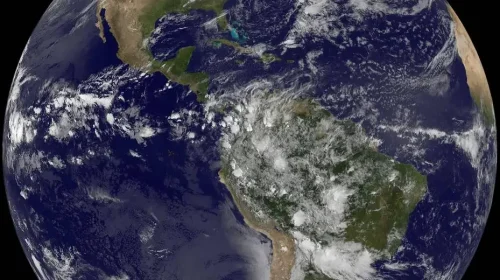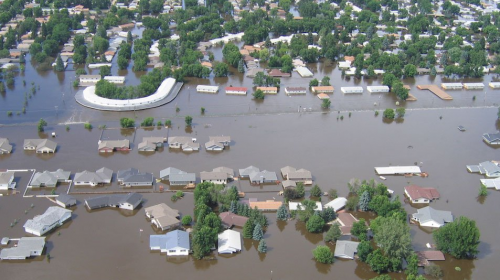The Climate Program Office’s Climate Variability & Predictability (CVP) Program supported a new Nature Communications study that examines the predictability of climate patterns in the tropics. CVP-funded scientist Aneesh C. Subramanian worked with a research team from their institution, the University of Colorado, Boulder, as well as the National Center for Atmospheric Research to determine that certain climate trends in tropical regions have become more predictable over the past hundred years. The team analyzed reanalysis and climate model data to find out why the predictability has improved, and how it may continue to change in the future. This study builds on a body of pre-field modeling research to support fieldwork in the tropical Pacific Ocean, toward the ultimate goal of delivering a capable, multi-discipline system to improve subseasonal and longer forecasts.
Subseasonal-to-seasonal (S2S) prediction focuses on forecasting periods from 2 weeks to 3 months and is crucial for decision-making in areas like agriculture and public health. With increasing impacts of global warming, understanding and predicting events such as floods, droughts, and heatwaves becomes even more vital. The Madden–Julian Oscillation (MJO) is a climate pattern that influences atmospheric circulation and deep convection over the tropical Indian Ocean and Pacific Ocean on a 30–90 day cycle. The MJO stands out as a key factor in S2S prediction, influencing various weather phenomena globally, from tropical cyclones to monsoons and beyond. This study determined that global warming over the past century has made the MJO more predictable, as it has strengthened the MJO’s overall intensity and caused more regularity in the cycle. The authors also note that their projections show predictability becoming even higher throughout the twenty-first century. Extended MJO predictions could help to prepare communities for weather and climate challenges.
For more information, contact Clara Deck.
Image credit: Pixabay











